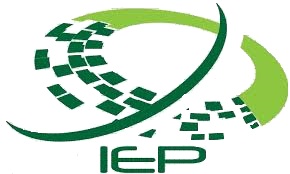Paper Title: Cash Waqf Model for Microenterprises’ Human Capital Development
Author: M. Asmy; M. Fouad; Hasanuddin M.; A. Khaliq & Anwar A. Pitchay
Publisher: ISRA International Journal of Islamic Finance, 13(1), 66 – 83.
The central idea of the paper is that Cash Waqf has a unique feature of flexibility in allocation of economic resources for their use in redistribution efforts, in terms of cash transfers, asset transfers, skills transfer through education and productivity transfers through health services.
This makes Cash Waqf a very conducive institution to be used in welfare spending which does not belong to the eight identified categories of beneficiaries for Zakat to whom the Zakat is to be paid directly.
Furthermore, cash itself has some unique features. It is liquid and can be easily converted in different varieties of real and financial assets from time to time.
The authors highlight the importance of human capital development in ensuring sustainable poverty exit. If limited funds are provided on debt basis with frequent repayment, most of the people will at best become creditworthy, but habitual borrowers. For encouraging poverty exit, micro-entrepreneurship and skilled work is necessary. Both require human capital development besides financial resources. Even for pitching business ideas to the potential financiers and angel investors, it is important to have sufficient communications skills, marketing skills, accounting skills and basic financial literacy and command over basic numeric and mathematical skills. Waqf funds can be utilized in this regard.
As noted by the authors, the idea is not new. However, it is important to seriously deliberate on the specifics of the mode of delivery and structure. It is important to bring scale and efficiency. Several features can be embedded in the structure, but mobilization of resource requires cost. It is not realistic to put major burdens of delivery on government funds alone. Therefore, it is vital to seriously discuss through a mathematical model or empirical analysis as to how problems of moral hazard and free riding can be avoided. Furthermore, how scale and efficiency can be achieved. Finally, how to leverage technology in matching the different players in the required integrated eco-system in a task-based efficient way without requiring anyone to make a come-or-leave choice.
Categories: Research Paper in Focus

